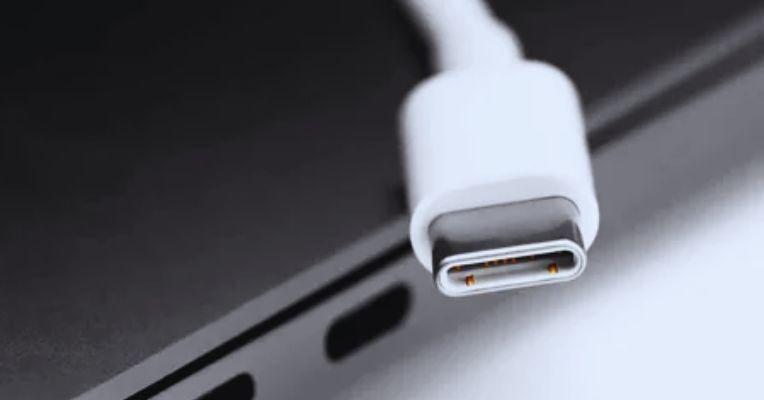The European Union has recently introduced a law that mandates the use of a single charger type for most electronic devices: USB-C. This significant change, aimed at reducing electronic waste, is set to simplify the lives of consumers and support a greener future.
What is the USB-C Charger Law?
The USB-C charger law, officially known as the Common Charger Directive, requires most electronics in the European Union to adopt the USB-C charging standard. This includes devices like smartphones, tablets, cameras, and headphones. The goal is to have one universal charger for various devices, eliminating the need for consumers to use different chargers for each gadget.
Key Features of the USB-C Charger Law
| Feature | Details |
|---|---|
| Main Purpose | Reduce electronic waste and simplify charging requirements. |
| Devices Affected | Smartphones, tablets, cameras, headphones, etc. |
| Start Date | The law is now in effect, with laptops needing compliance by April 2026. |
| Devices Not Affected | Items like electric toothbrushes and hair clippers are excluded for now. |
This change was approved in 2022 and has now become law. While laptops are not required to use USB-C chargers immediately, they must do so by April 2026. This timeline gives manufacturers enough time to adapt and meet the new requirements.
The Environmental Impact
A major reason for this shift to USB-C chargers is to reduce electronic waste, which has become a growing issue. According to the European Commission, discarded and unused chargers contribute to about 11,000 tonnes of waste every year. The new law seeks to address this by ensuring that fewer chargers are thrown away, as consumers will only need one charger for multiple devices.
Waste Reduction Benefits
| Aspect | Benefit |
|---|---|
| Reduction in E-Waste | Fewer unused chargers will be disposed of. |
| Sustainability | A standardized charger helps protect the environment. |
| Consumer Convenience | No need for multiple chargers for different devices. |
By adopting USB-C as the standard charger, the EU aims to make it easier for people to manage their electronics and help protect the planet at the same time.
What Devices Are Affected?
The new law covers a wide range of devices, including smartphones, tablets, cameras, and headphones. However, laptops will get an extension until April 2026 before they are required to switch to USB-C chargers. This is because laptops often have different power needs, and manufacturers need more time to adjust their designs.
Devices Affected and Not Affected
| Devices Covered by the Law | Devices Not Covered (for now) |
|---|---|
| Smartphones | Electric toothbrushes |
| Tablets | Hair clippers |
| Cameras | |
| Headphones |
While there is an exclusion for certain devices like electric toothbrushes, the law may be expanded to cover more products in the future.
Looking Ahead: Other Steps for Sustainability
The EU’s efforts don’t stop with the USB-C charger law. The European Commission is also looking into other ways to cut down on waste in the electronics market. This includes limiting the number of chargers and cables that come with devices. There is even talk of creating a standard for wireless chargers as technology continues to evolve.
By taking these additional steps, the EU hopes to further reduce the environmental impact of electronic waste and make consumer electronics more sustainable.
Future Plans for Reducing Waste
| Future Plans | Details |
|---|---|
| Reducing Included Cables | Fewer cables will be included with devices. |
| Standard for Wireless Charging | A universal standard for wireless chargers may be introduced. |
This is a critical move towards a more sustainable and eco-friendly market, helping reduce the carbon footprint of electronic devices.
Summary
The new USB-C charger law is an important step towards reducing electronic waste and making our world more sustainable. By having a universal charger for many devices, consumers will enjoy greater convenience while helping the environment. This law not only benefits the people of Europe but could inspire similar changes around the world.
As technology continues to evolve, the European Union’s focus on sustainability will likely lead to even more innovative solutions for tackling electronic waste and promoting a cleaner future.

